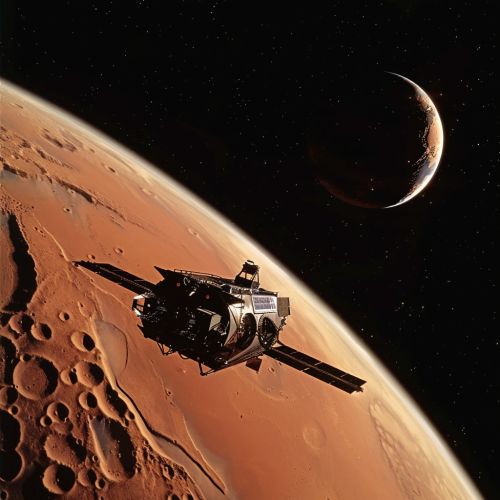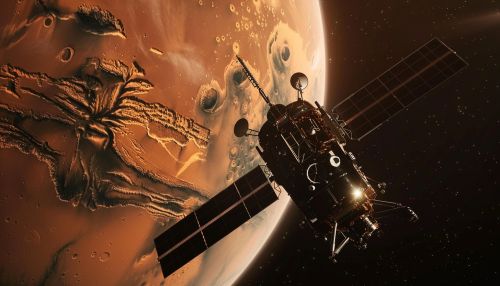Viking program
Overview
The Viking Program was a mission initiated by the National Aeronautics and Space Administration (NASA) in the 1970s, with the primary objective of investigating the planet Mars. It was the first mission to successfully land a spacecraft on Mars and transmit data back to Earth. The program consisted of two spacecraft, Viking 1 and Viking 2, each equipped with an orbiter and a lander.


Mission Objectives
The Viking program had several key objectives. The primary goal was to obtain high-resolution images of the Martian surface, characterize the structure and composition of the atmosphere and surface, and search for evidence of life on Mars. The Viking landers were equipped with a variety of scientific instruments designed to carry out these objectives.
Spacecraft Design
Each Viking spacecraft was composed of two main parts: an orbiter and a lander. The orbiter, designed for long-term operation in Martian orbit, was responsible for capturing and transmitting images of the Martian surface back to Earth. The lander, on the other hand, was designed to descend to the Martian surface and conduct in-situ scientific experiments.
Launch and Journey
Viking 1 was launched on August 20, 1975, and Viking 2 was launched on September 9, 1975. Both spacecraft were launched from Cape Canaveral Air Force Station in Florida, using a Titan IIIE/Centaur launch vehicle. The journey to Mars took approximately ten months for both spacecraft.
Mars Orbit and Landing
Upon reaching Mars, the Viking orbiters began returning global images of Mars to determine the best landing sites. Viking 1's lander touched down on the western slope of Chryse Planitia (Golden Plain), while Viking 2's lander set down at Utopia Planitia.
Scientific Discoveries and Legacy
The Viking program returned the first close-up, color photographs of the Martian surface. These images revealed a world with a diverse geology and a variety of landforms, from ancient river valleys to vast plains, from towering volcanoes to deep canyons. The Viking landers also conducted three biology experiments designed to look for possible signs of life. These experiments discovered unexpected and enigmatic chemical activity in the Martian soil, but provided no clear evidence for the presence of living microorganisms in soil near the landing sites.
The Viking program significantly advanced our understanding of Mars and represented a major step forward in planetary exploration. It set the stage for future Mars exploration and paved the way for subsequent missions to the Red Planet.
